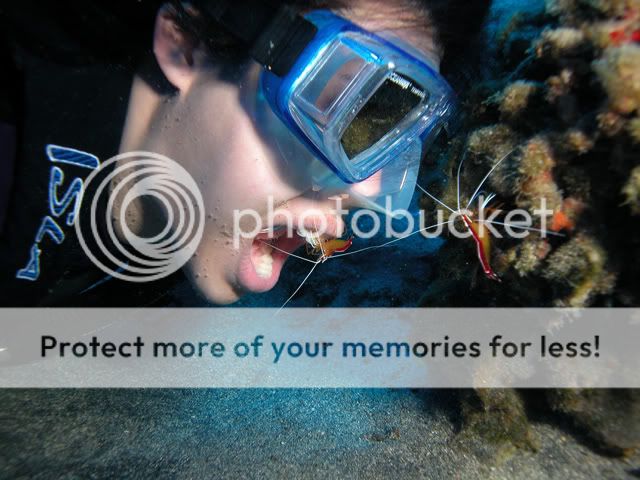OK, lets build ourselves a 1.5" Stockman Standpipe!
The tools used:
Power Drill
Screwdriver
File
PVC glue
(a vise was helpful)
Here is the plan:
<a href="http://s1184.photobucket.com/albums/z332/tellyFish/?action=view¤t=IMAG0760.jpg" target="_blank"><img src="http://i1184.photobucket.com/albums/z332/tellyFish/IMAG0760.jpg" border="0" alt="Photobucket"></a>
Since I lack a decent workshop or proper tools I am using a power drill on our Kitchen counter to cut the opening from the PVC (yes, my girlfriend loves me). First things-first, I secured the PVC pipe using a vice.
<a href="http://s1184.photobucket.com/albums/z332/tellyFish/?action=view¤t=IMAG0765.jpg" target="_blank"><img src="http://i1184.photobucket.com/albums/z332/tellyFish/IMAG0765.jpg" border="0" alt="Photobucket"></a>
I used the drill to create the outline of the piece I wanted to remove. This was tedious, but only took a few minutes to accomplish. Yes, I realize there are probably a million better ways to do this job, but we all have to work with what we have

<a href="http://s1184.photobucket.com/albums/z332/tellyFish/?action=view¤t=IMAG0766.jpg" target="_blank"><img src="http://i1184.photobucket.com/albums/z332/tellyFish/IMAG0766.jpg" border="0" alt="Photobucket"></a>
I used my screwdriver in a 'chisel-like' fashion to create the opening.
<a href="http://s1184.photobucket.com/albums/z332/tellyFish/?action=view¤t=IMAG0768.jpg" target="_blank"><img src="http://i1184.photobucket.com/albums/z332/tellyFish/IMAG0768.jpg" border="0" alt="Photobucket"></a>
Hey, wow... it worked:
<a href="http://s1184.photobucket.com/albums/z332/tellyFish/?action=view¤t=IMAG0771.jpg" target="_blank"><img src="http://i1184.photobucket.com/albums/z332/tellyFish/IMAG0771.jpg" border="0" alt="Photobucket"></a>
A little filing goes a long way to clean it up.
<a href="http://s1184.photobucket.com/albums/z332/tellyFish/?action=view¤t=IMAG0773.jpg" target="_blank"><img src="http://i1184.photobucket.com/albums/z332/tellyFish/IMAG0773.jpg" border="0" alt="Photobucket"></a>
Ready to drain!
<a href="http://s1184.photobucket.com/albums/z332/tellyFish/?action=view¤t=IMAG0775.jpg" target="_blank"><img src="http://i1184.photobucket.com/albums/z332/tellyFish/IMAG0775.jpg" border="0" alt="Photobucket"></a>
I went ahead and glued on the reducer bushing which will hold the 2" coupler in place.
<a href="http://s1184.photobucket.com/albums/z332/tellyFish/?action=view¤t=IMAG0781.jpg" target="_blank"><img src="http://i1184.photobucket.com/albums/z332/tellyFish/IMAG0781.jpg" border="0" alt="Photobucket"></a>
...and the finished product:
<a href="http://s1184.photobucket.com/albums/z332/tellyFish/?action=view¤t=IMAG0776.jpg" target="_blank"><img src="http://i1184.photobucket.com/albums/z332/tellyFish/IMAG0776.jpg" border="0" alt="Photobucket"></a>
I decided not to glue the coupler or the cap on so they can both be removed for maintenance if needed.



